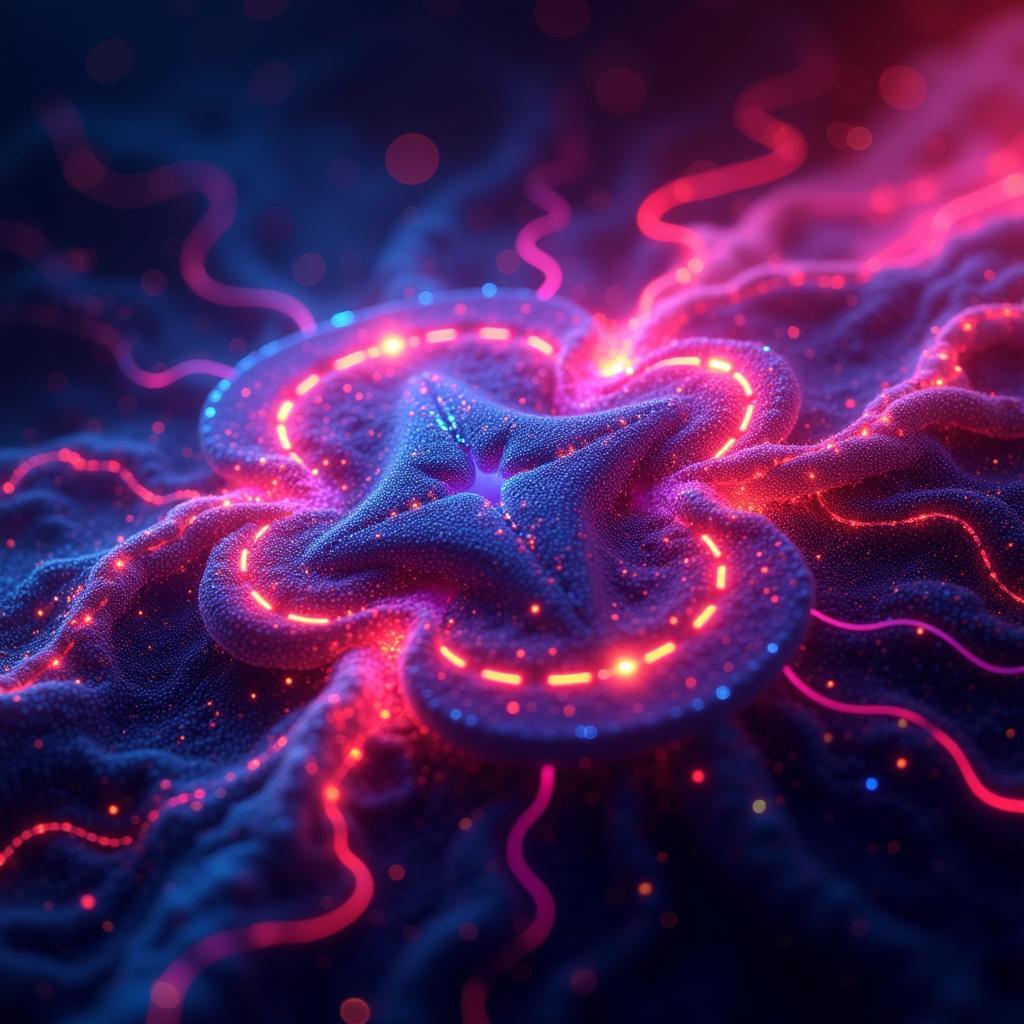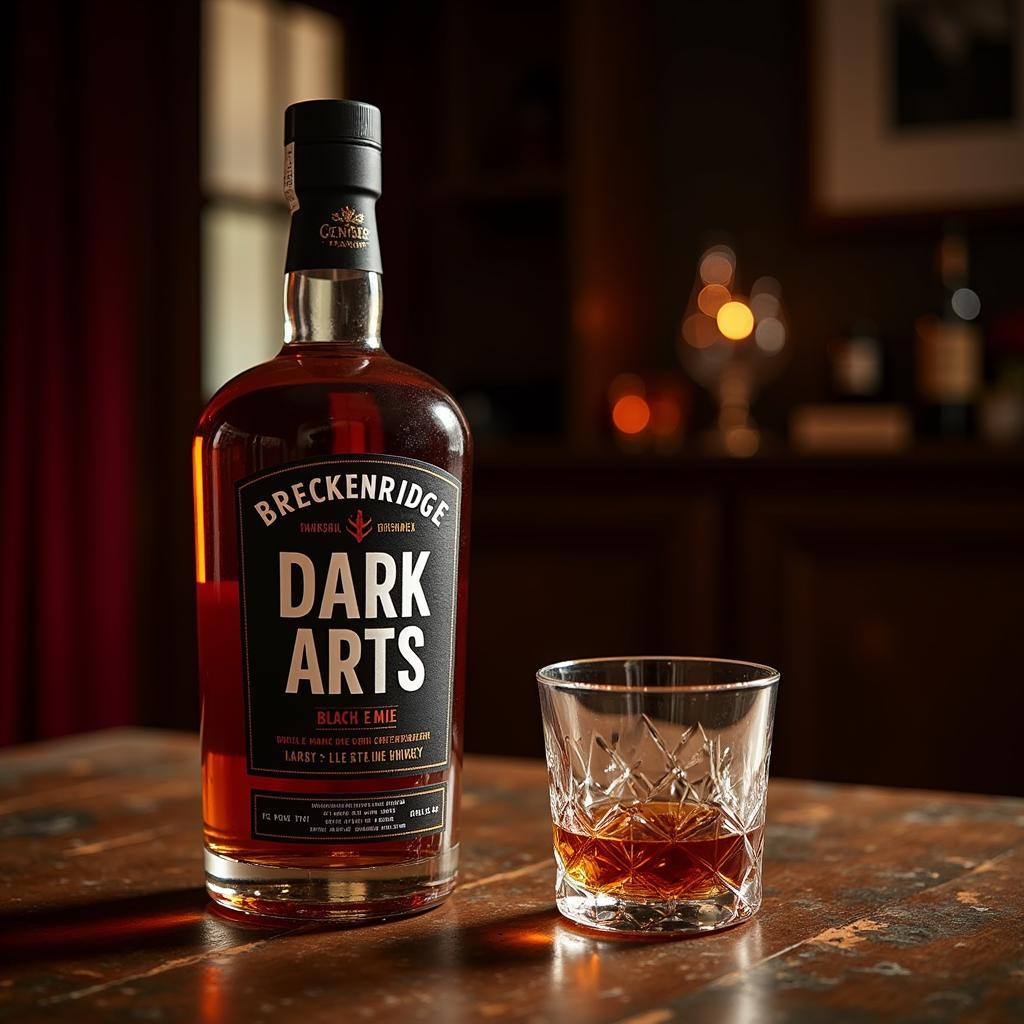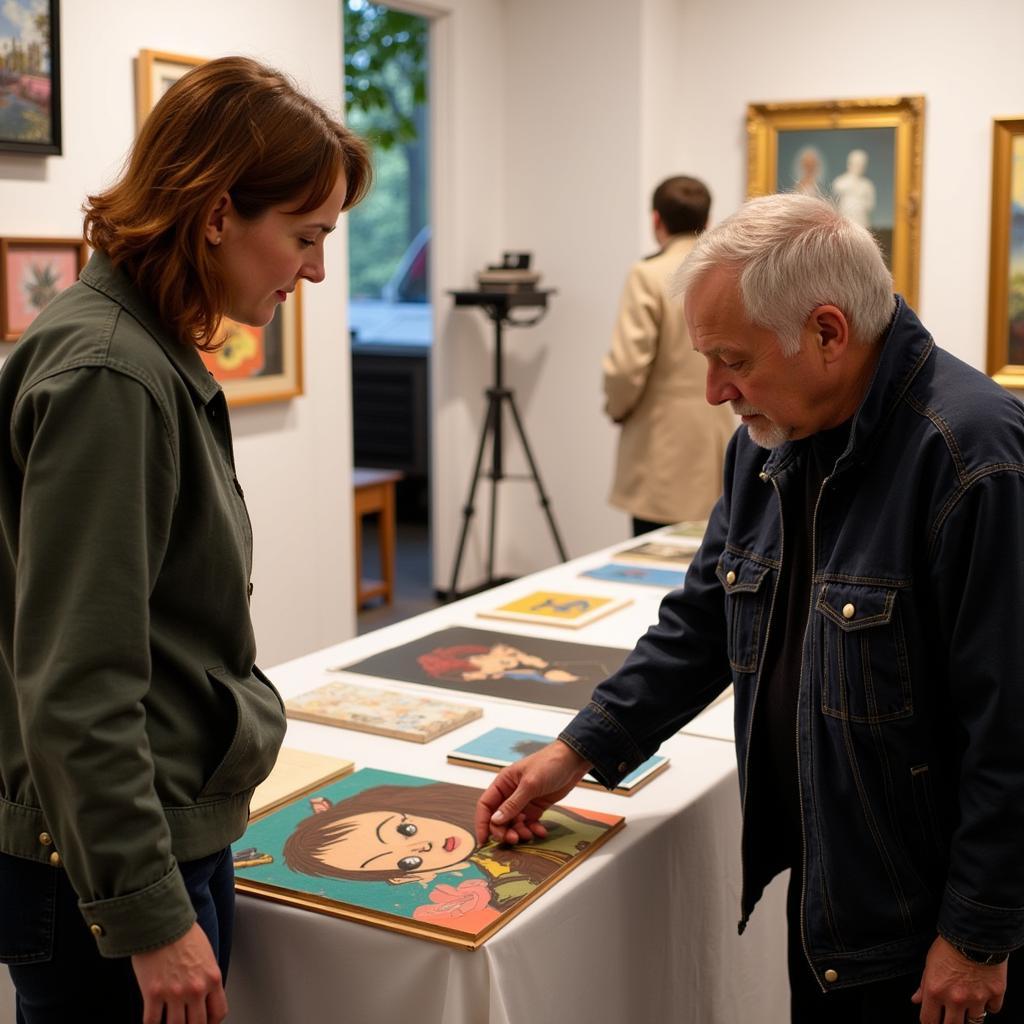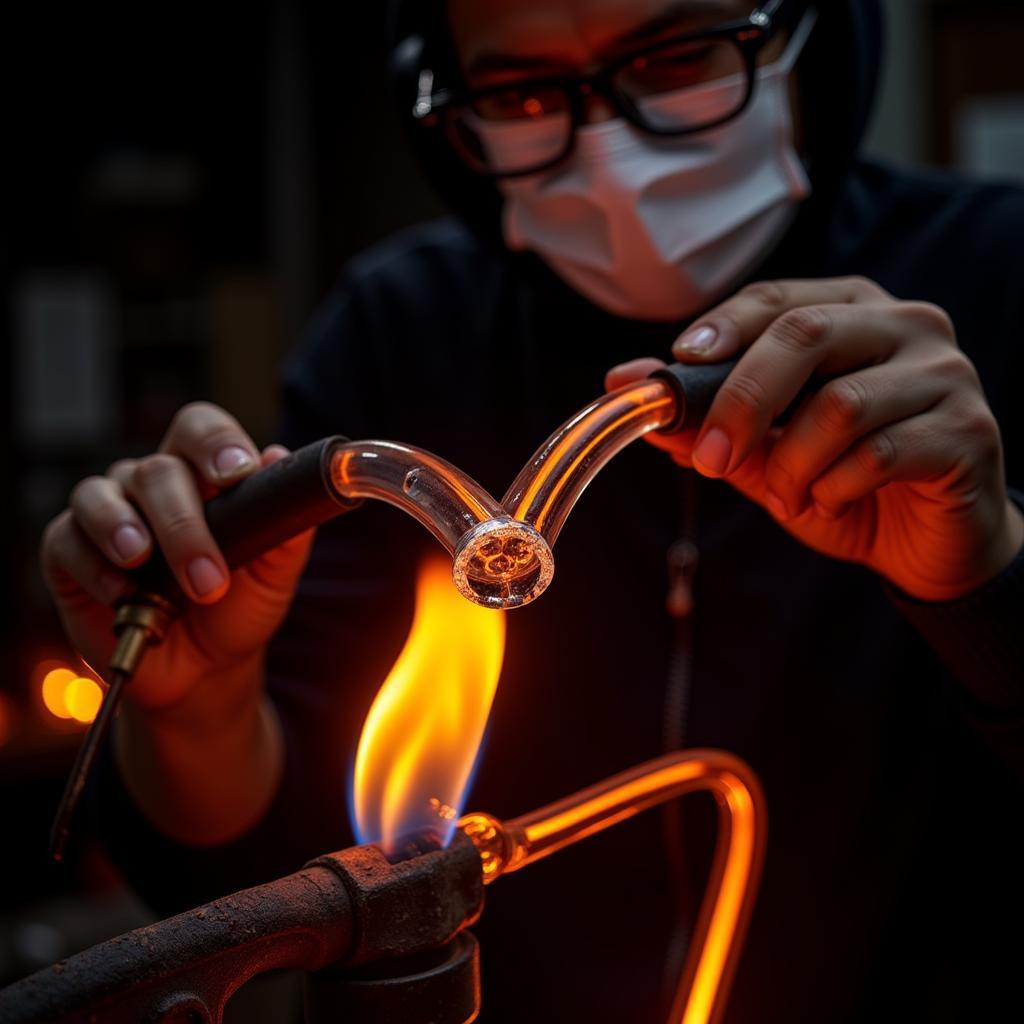The Alluring World of Nude Portrait Art: Unveiling Beauty and Expression
The world of art is vast and diverse, encompassing numerous styles, techniques, and subjects. One captivating genre that has captivated artists and viewers alike for centuries is Nude Portrait Art. This style, characterized by its raw honesty and exploration of the human form, transcends mere physicality to delve into deeper layers of emotion, vulnerability, and the beauty of the human spirit.
Understanding Nude Portrait Art
Nude portrait art goes beyond simple depictions of the body. It is an exploration of human anatomy, expression, and the delicate balance between vulnerability and power. The artist’s intention is not merely to portray the physical form but to capture the essence of the subject’s being, their personality, and the emotions that reside within.
Historical Context
The roots of nude portrait art can be traced back to ancient civilizations like Greece and Rome, where the human body was celebrated as a vessel of beauty and strength. Ancient sculptures and paintings often featured nude figures, reflecting the admiration and respect for the human form.
Modern Interpretations
In contemporary art, nude portrait art continues to evolve, reflecting the changing social and cultural landscapes. Artists explore a wide range of themes, from the exploration of gender identity and sexuality to the complexities of human relationships.
The Power of Expression
Nude portrait art has a unique ability to convey powerful emotions and narratives. The absence of clothing removes societal barriers and allows for a more intimate connection between the artist and the viewer. It can evoke feelings of vulnerability, strength, and the multifaceted nature of human existence.
The Role of Composition and Lighting
Composition and lighting play crucial roles in creating impactful nude portraits. The way the artist arranges the subject’s body, the angles they choose, and the lighting they use, all contribute to conveying the desired mood and narrative.
The Significance of Color and Texture
Color and texture add another layer of depth to nude portrait art. Artists utilize a range of colors and brushstrokes to capture the subtle nuances of skin tone, the textures of fabric (if any), and the interplay of light and shadow.
Techniques and Styles
Nude portrait art encompasses a wide variety of techniques and styles, each with its unique approach to capturing the human form.
Traditional Techniques
Traditional techniques, like oil painting, charcoal drawing, and sculpture, continue to be revered for their ability to create realistic and evocative portraits.
Modern Techniques
Modern artists utilize a wider range of media, including digital art, photography, and mixed media. This allows them to explore new perspectives, experiment with different textures, and create unique visual narratives.
Ethical Considerations
While nude portrait art can be a powerful form of expression, it’s essential to acknowledge the ethical considerations associated with it.
Consent and Respect
The most crucial ethical aspect is obtaining informed consent from the subject. This ensures that they are comfortable with the portrayal of their body and understand the artist’s vision.
Representation and Diversity
It’s important to promote diversity and representation within nude portrait art, reflecting the richness and complexities of human experiences. Artists should strive to create inclusive depictions that challenge societal norms and preconceived notions.
The Future of Nude Portrait Art
Nude portrait art continues to evolve as technology advances and societal perspectives shift. Artists explore new ways of capturing the human form, blurring the lines between reality and fantasy, and pushing the boundaries of traditional art forms.
Frequently Asked Questions
1. What are some of the most famous nude portrait artists?
Some renowned nude portrait artists include Michelangelo, Gustav Klimt, Egon Schiele, and Lucian Freud.
2. What are some common themes in nude portrait art?
Themes explored in nude portrait art include beauty, vulnerability, sexuality, gender identity, power, and the human condition.
3. How can I find inspiration for creating my own nude portrait?
Inspiration can be found in everyday life, from observing people in public spaces to exploring art museums and galleries.
4. What are some important things to consider when creating a nude portrait?
Consider the lighting, composition, subject’s pose, and the overall narrative you want to convey.
5. Where can I learn more about nude portrait art?
You can find resources online, attend workshops, and visit art galleries and museums.
6. What are some tips for capturing the essence of a subject in a nude portrait?
Focus on conveying the subject’s personality, emotions, and the story you want to tell.
7. What is the best way to approach ethical considerations in nude portrait art?
Always obtain informed consent from the subject, respect their privacy, and create a safe and respectful environment.
 Nude Portrait Art: A Historical Journey
Nude Portrait Art: A Historical Journey
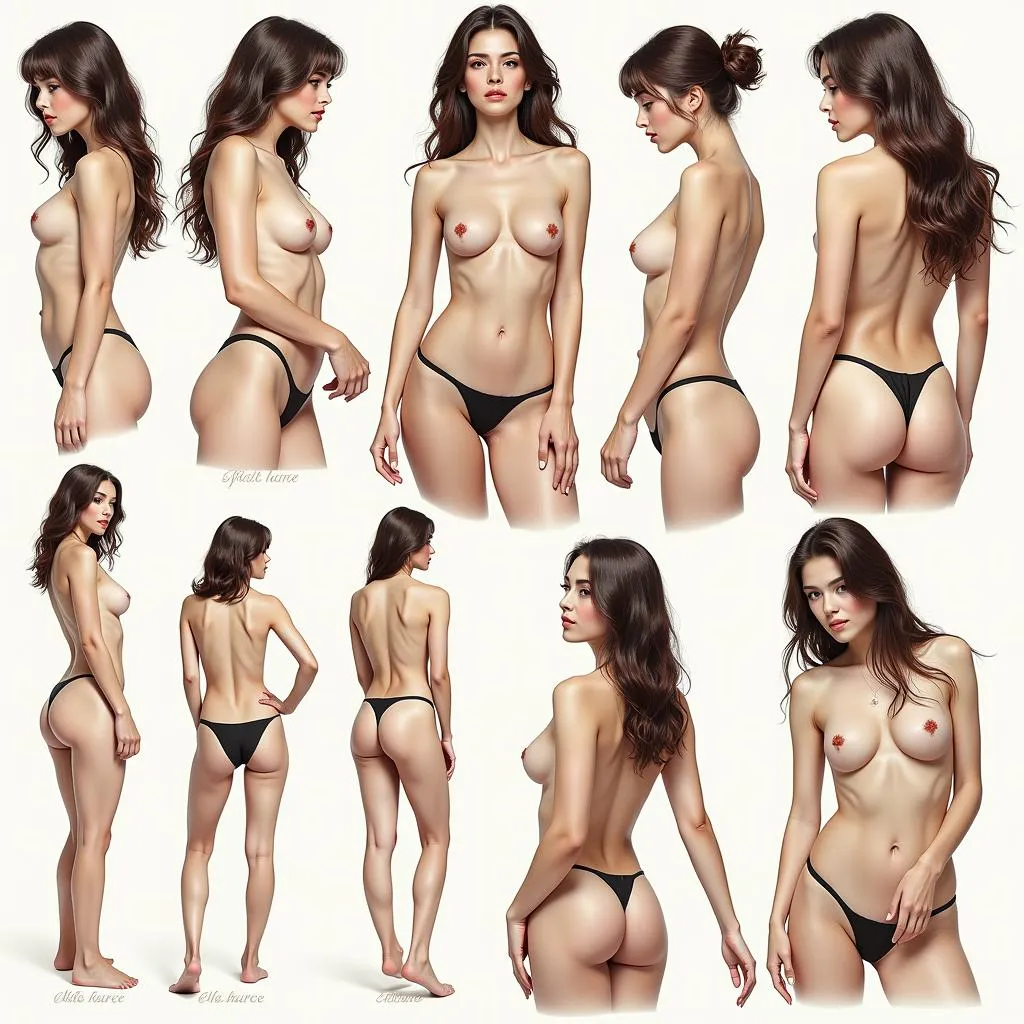 Techniques and Styles in Nude Portrait Art
Techniques and Styles in Nude Portrait Art
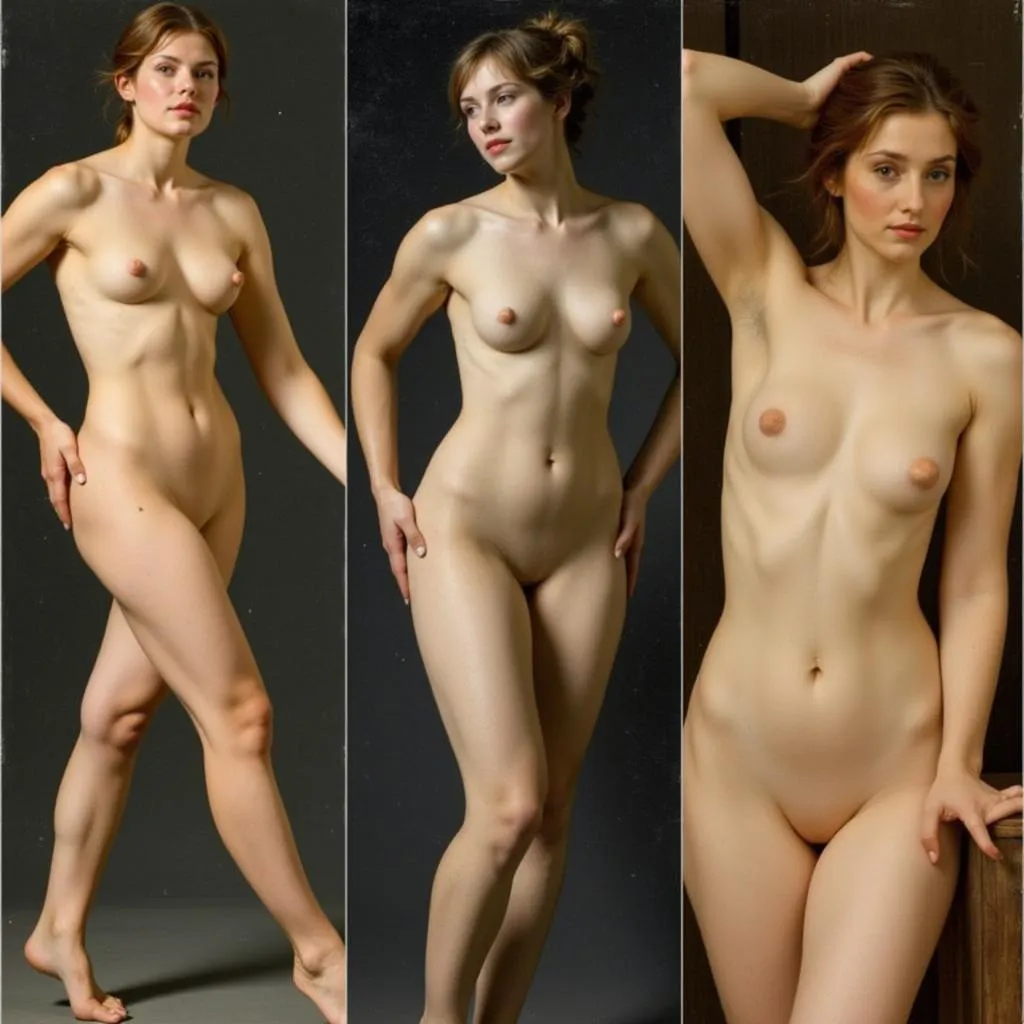 Inspiration from Nude Portrait Art: A Visual Gallery
Inspiration from Nude Portrait Art: A Visual Gallery
Nude portrait art offers a captivating journey of exploration, revealing the depths of human expression, vulnerability, and the timeless beauty of the human form. Whether you’re an artist, a viewer, or simply curious about this compelling genre, the world of nude portrait art offers a unique window into the complexities and wonders of the human experience.
